Travel to the heart of the M’zab valley in Algeria
True model and source of inspiration for all today’s urban planners, the fortified cities of the M’zab valley are simple, functional and perfectly adapted to the environment. The M’zab valley is a deep and narrow valley located in the heart of the Sahara, 600 km south of the city of Alger . Along this valley and over a distance of about 10 km, there are five fortified villages dating from the 11th century! These fortified villages form a set of rare homogeneity and are still today a reflection of a sedentary civilization, which bears an extraordinary culture, and which has even been able through the centuries to preserve its cohesion and its state of origin.
These villages seem to have remained intact, as frozen in time. Designed by the Berber Mozabites, each of the five cities, Ghardaia, Beni Isquen, Melika, Bou Noura and El Atteuf , are built on a hill and surrounded by an entanglement of houses with pastel colors. Houses grouped, in a concentric circle, around a central mosque still built on the top of the hill.
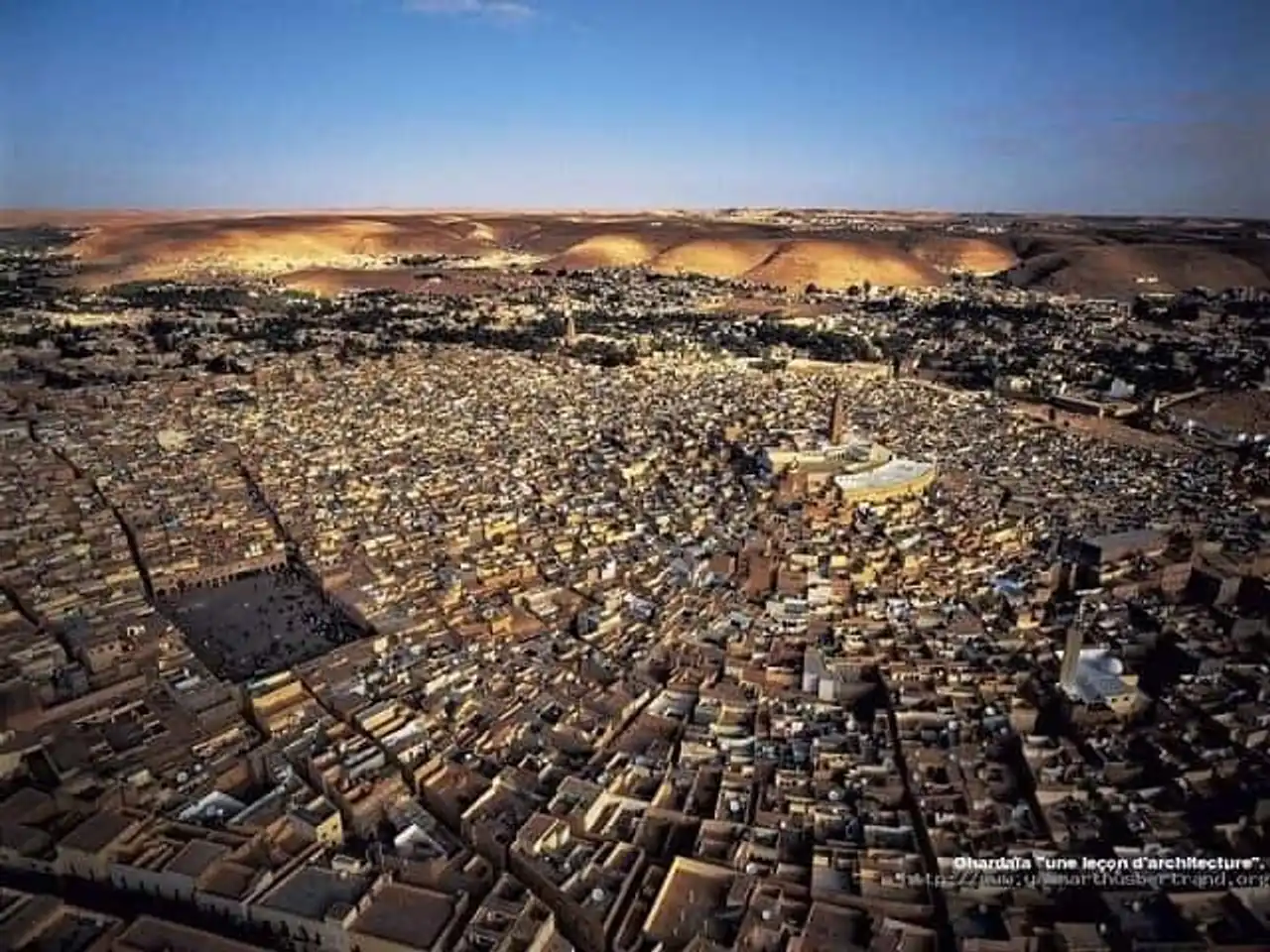
Ghardaia – Photo credit: Yann Arthus-Bertrand
Based in the city centre and in height, the mosques were designed as real fortresses and also served as a watch tower.
As for the houses, they were imagined to live in community, however, each of them respects the privacy of the family. An ingenious system in the heart of narrow streets and sinuous passages!
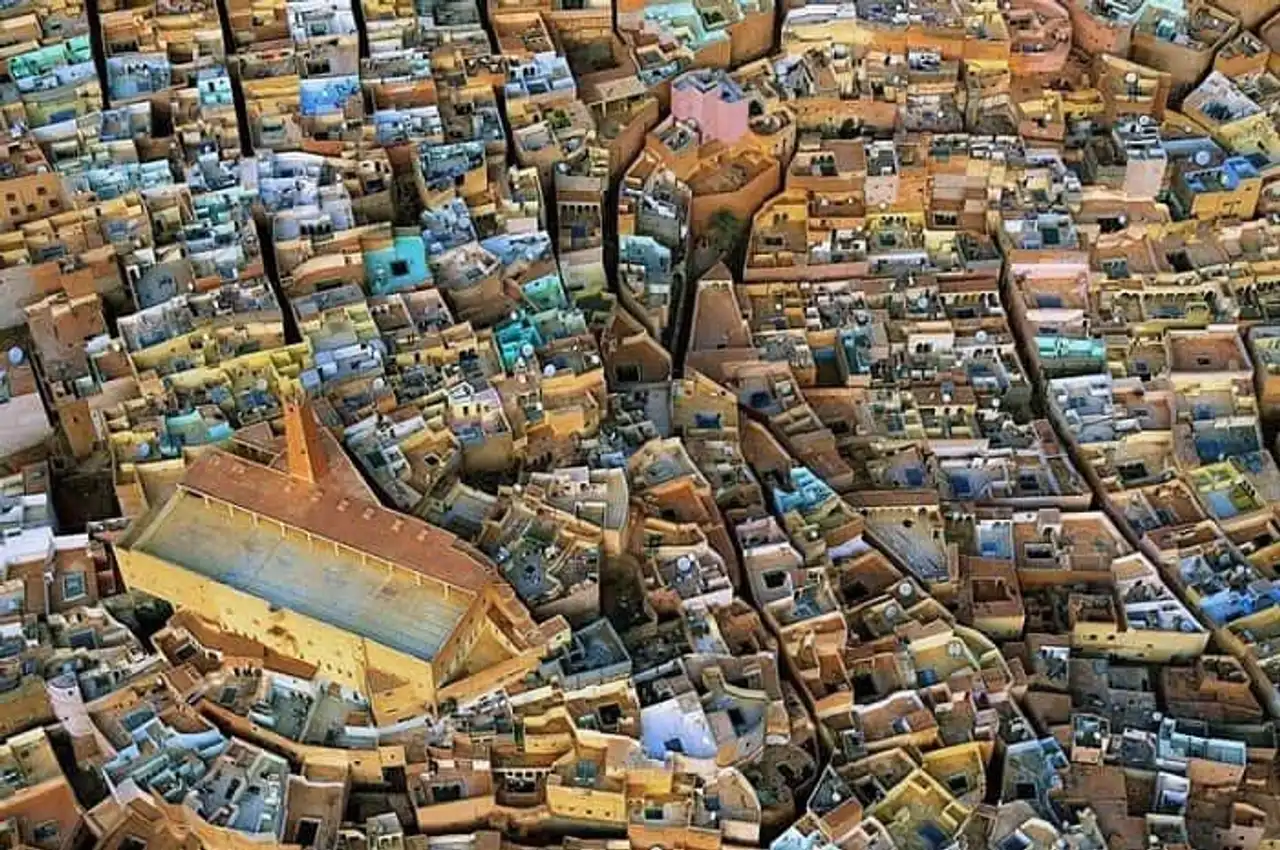
El Ateuf – Photo credit: Yann Arthus-Bertrand
These five cities, although built in a similar way, each of them has an identity. Ghardaïa is the main and capital city of M’zab, and El-Ateuf welcomes the oldest settlement in the region and Beni Isquen remains the most enigmatic of all the towns in the valley. Considered as holy, Beni Isquen had long been closed and closed at nightfall... Although today is no longer the case, this city is still the one with the most traditional settlement in the entire M’zab region.
Here, women are very shy in front of the camera, as explained Jonathan Oakes in his travel guide on Algeria: “Here you will see that all women follow tradition and wear the Haik, a great fabric that is wrapped around the body and the face, allowing to see only one eye. Before marriage, young women are allowed to show their faces, but after marriage, only one eye can be shown and discovered. By crossing the look of one of these women, you will see that they will close the fabric that covers their faces and will only let one small hole pass to see. In the past, it was customary for women to face the wall when foreigners passed; Although this is no longer the case, you will find that these women will always do their best to avoid your look and will systematically change their way, if you cross their way. These women are gloriously photogenic but it is strictly forbidden to take a picture of them and this would result in contempt. »
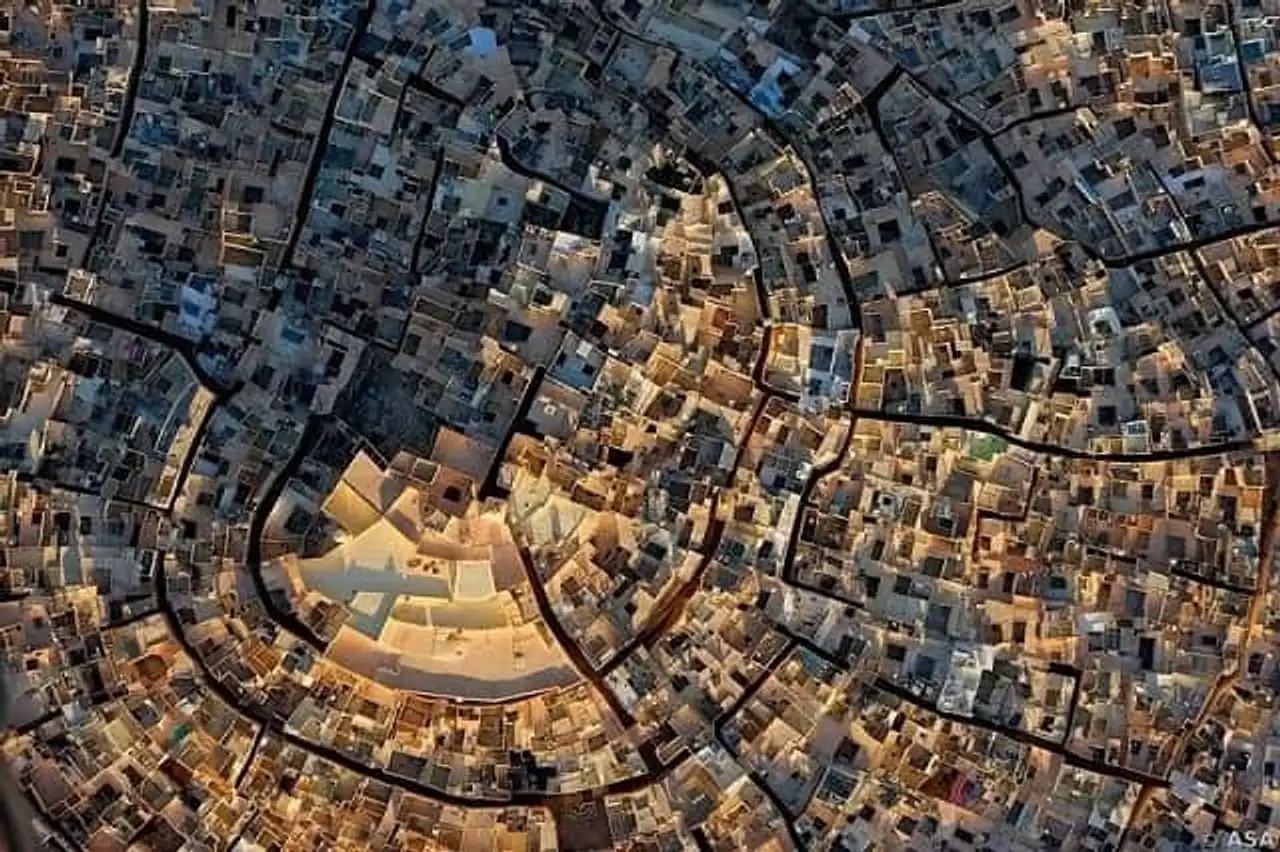
Ghardaia – Photo credit: George Steinmetz
Between tradition and religion, all the fortified cities in the M’zab valley are remarkable. Despite the years and centuries past, communities have been able to preserve their state and culture of origin. This identity, which remained intact in the face of the outside world, allowed all of these cities to be classified as UNESCO World Heritage in 1982.
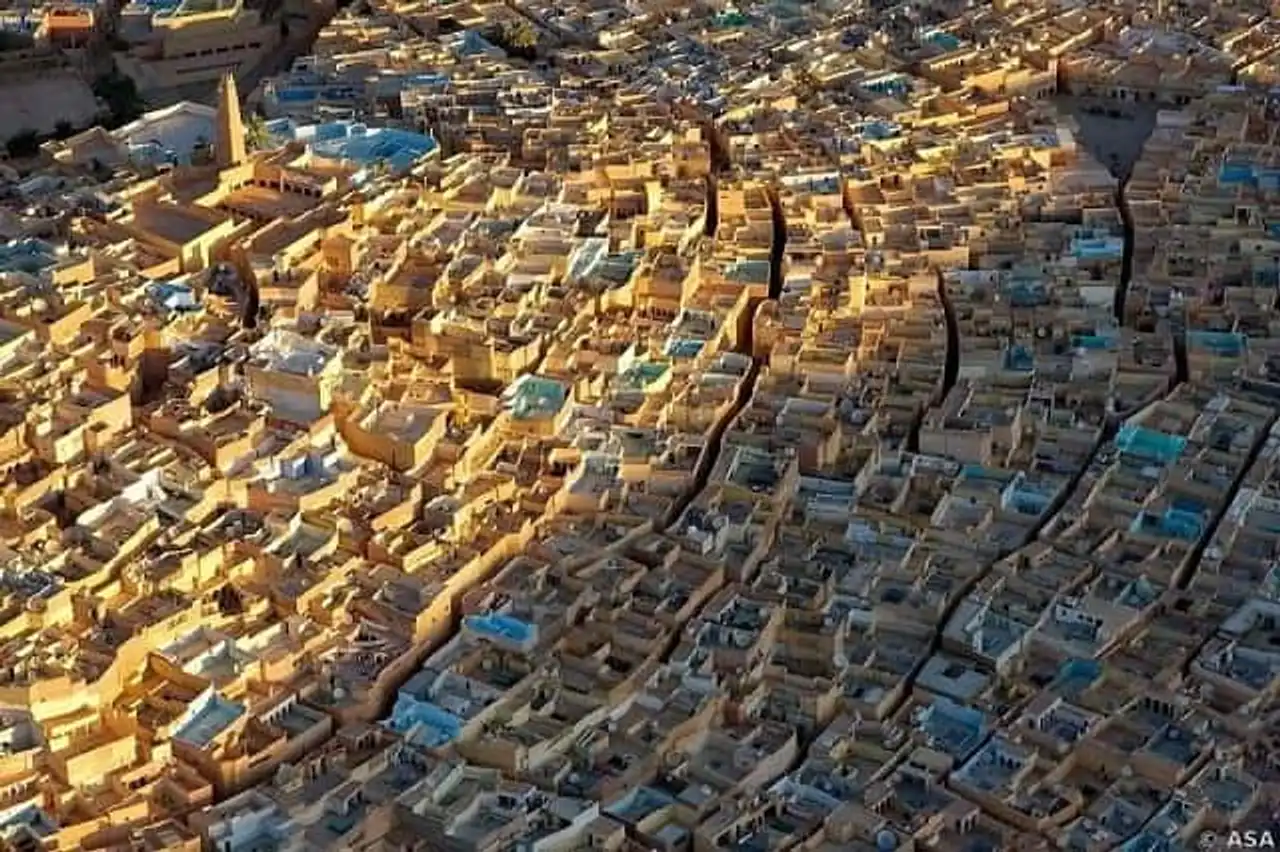
Beni Isguen – Photo credit: George Steinmetz
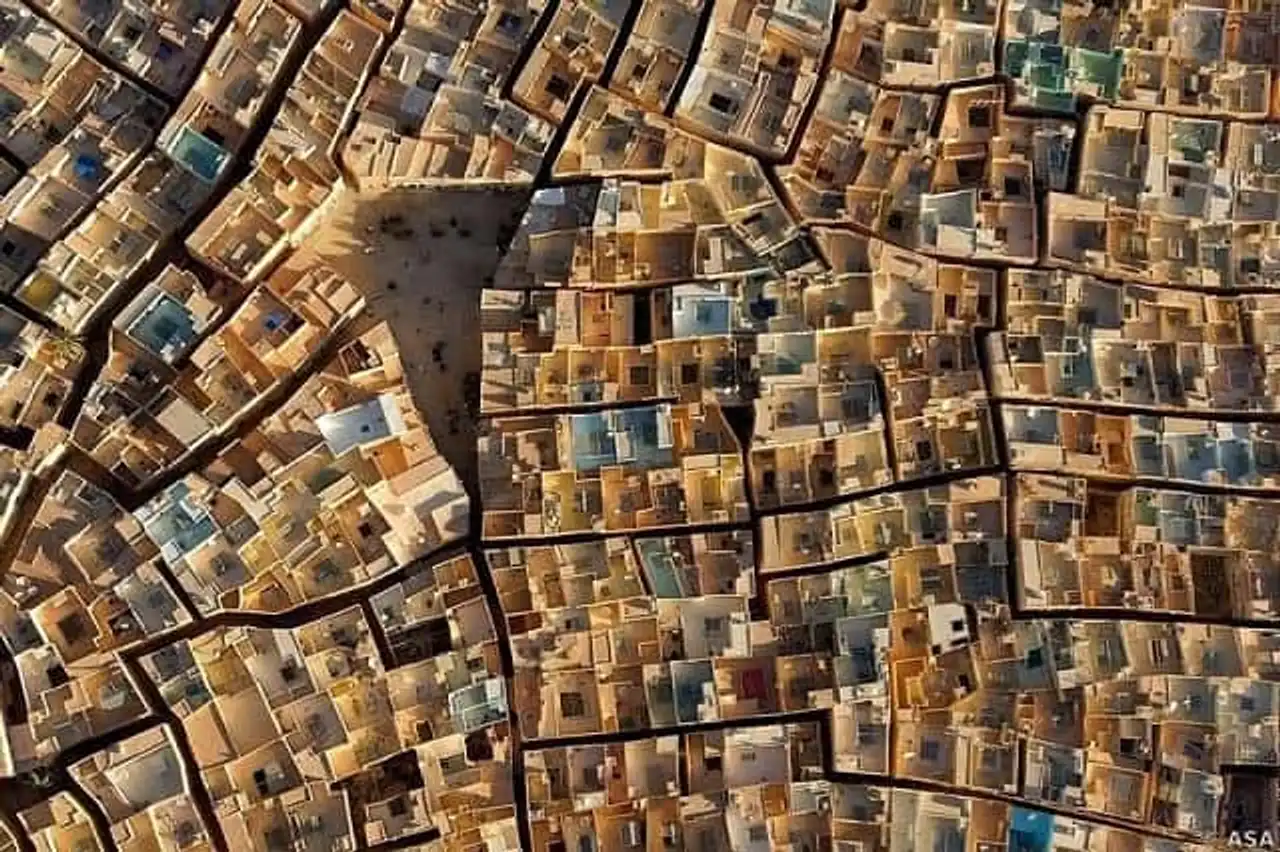
Beni Isguen – Photo credit: George Steinmetz
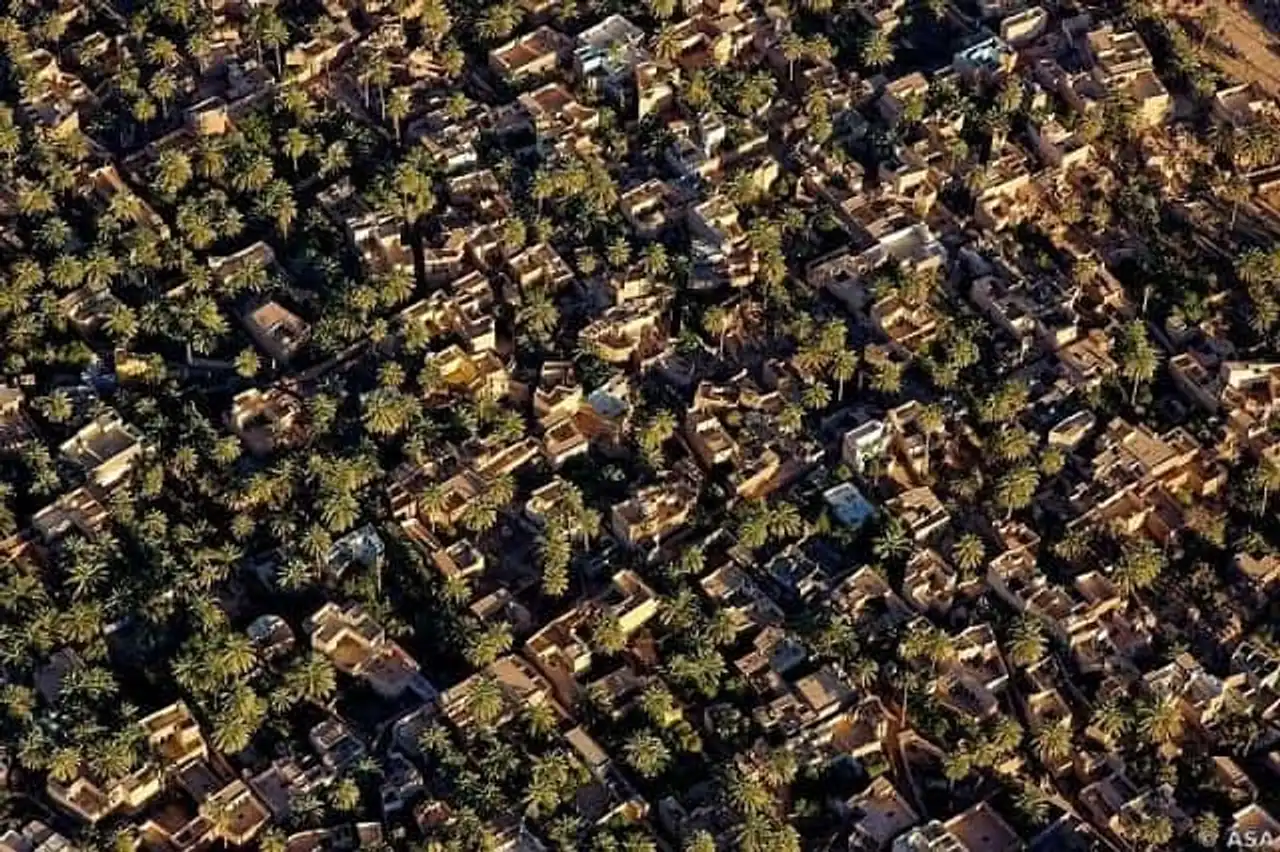
Ghardaia – Photo credit: George Steinmetz
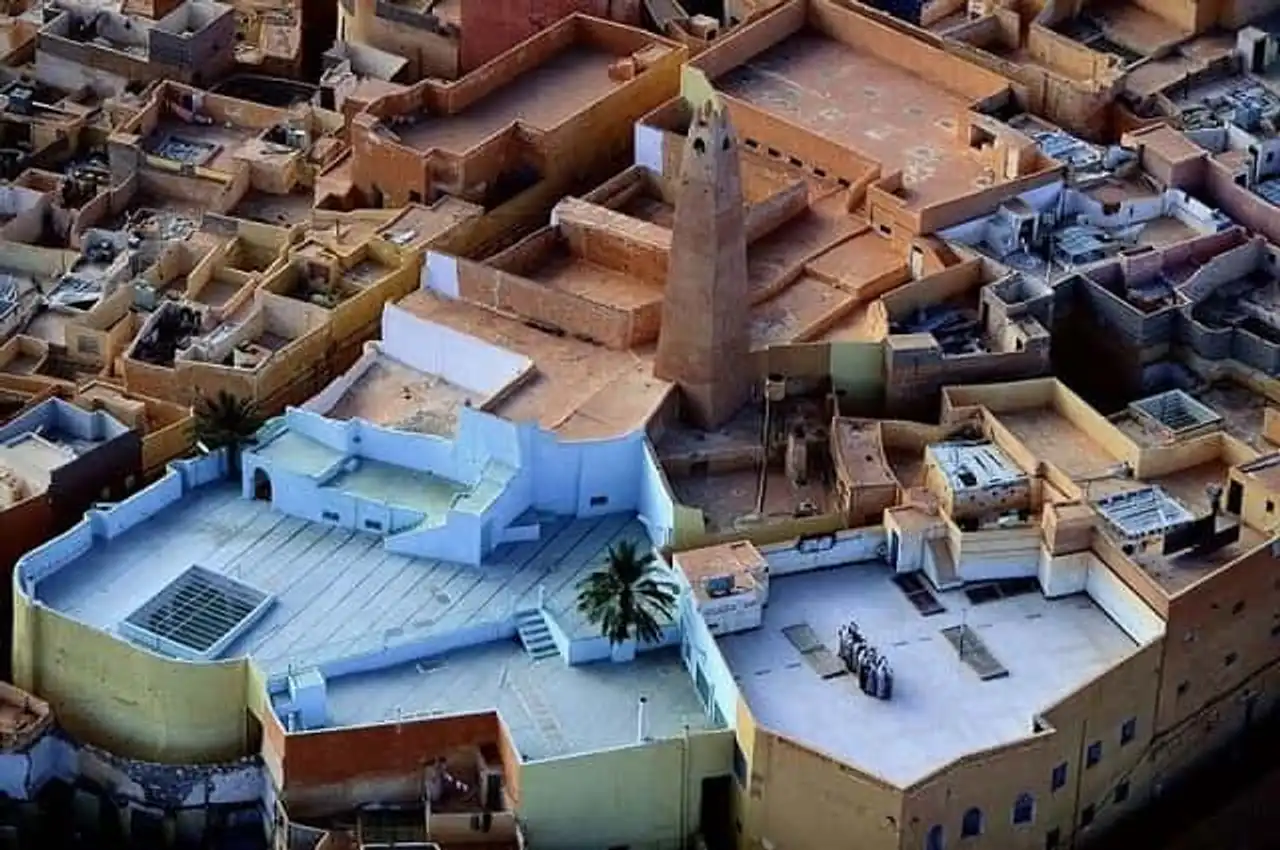
Beni Isguen – Photo credit: Yann Arthus-Bertrand
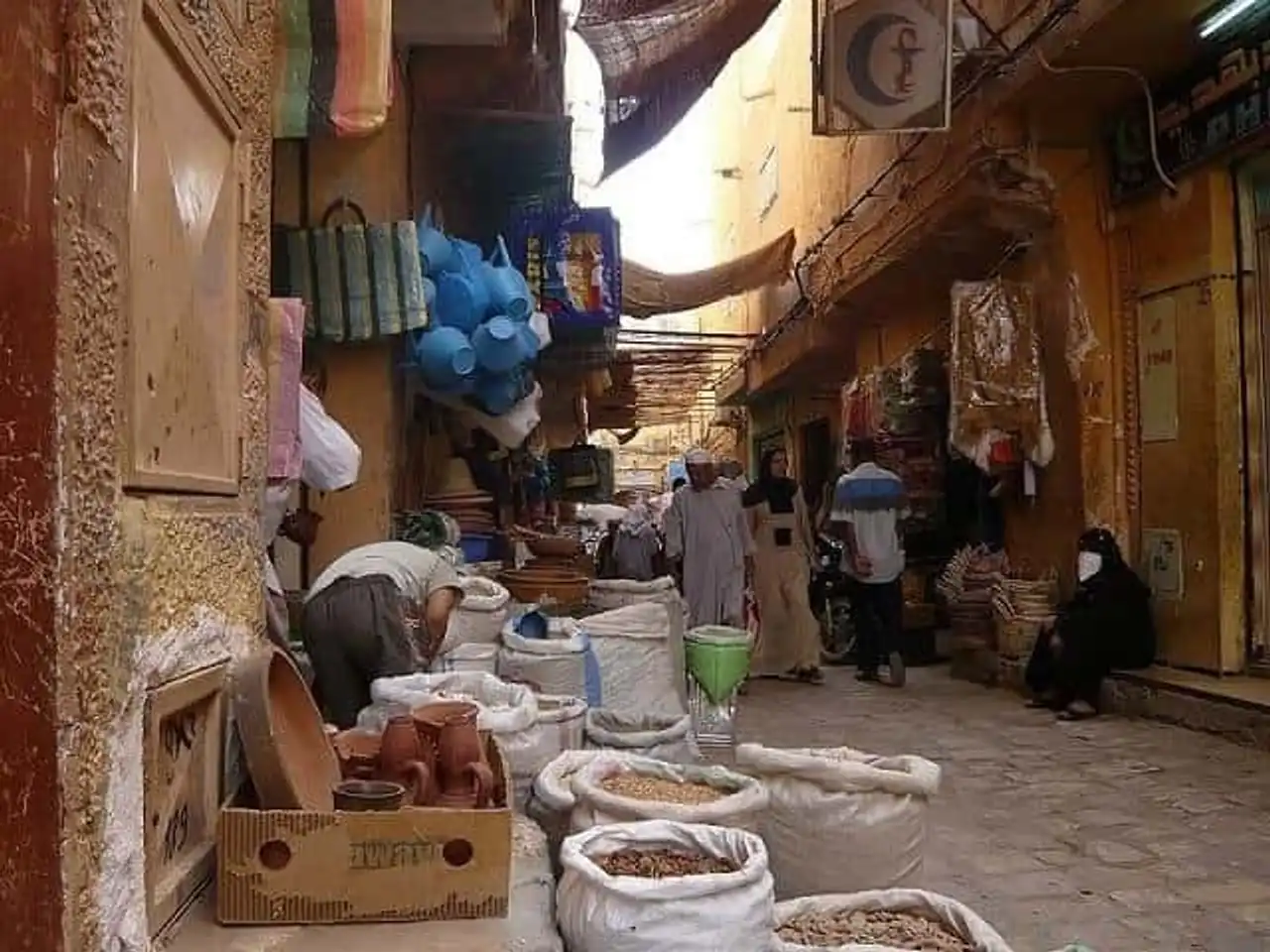
Photo credit: Flickr – lionel.viroulaud
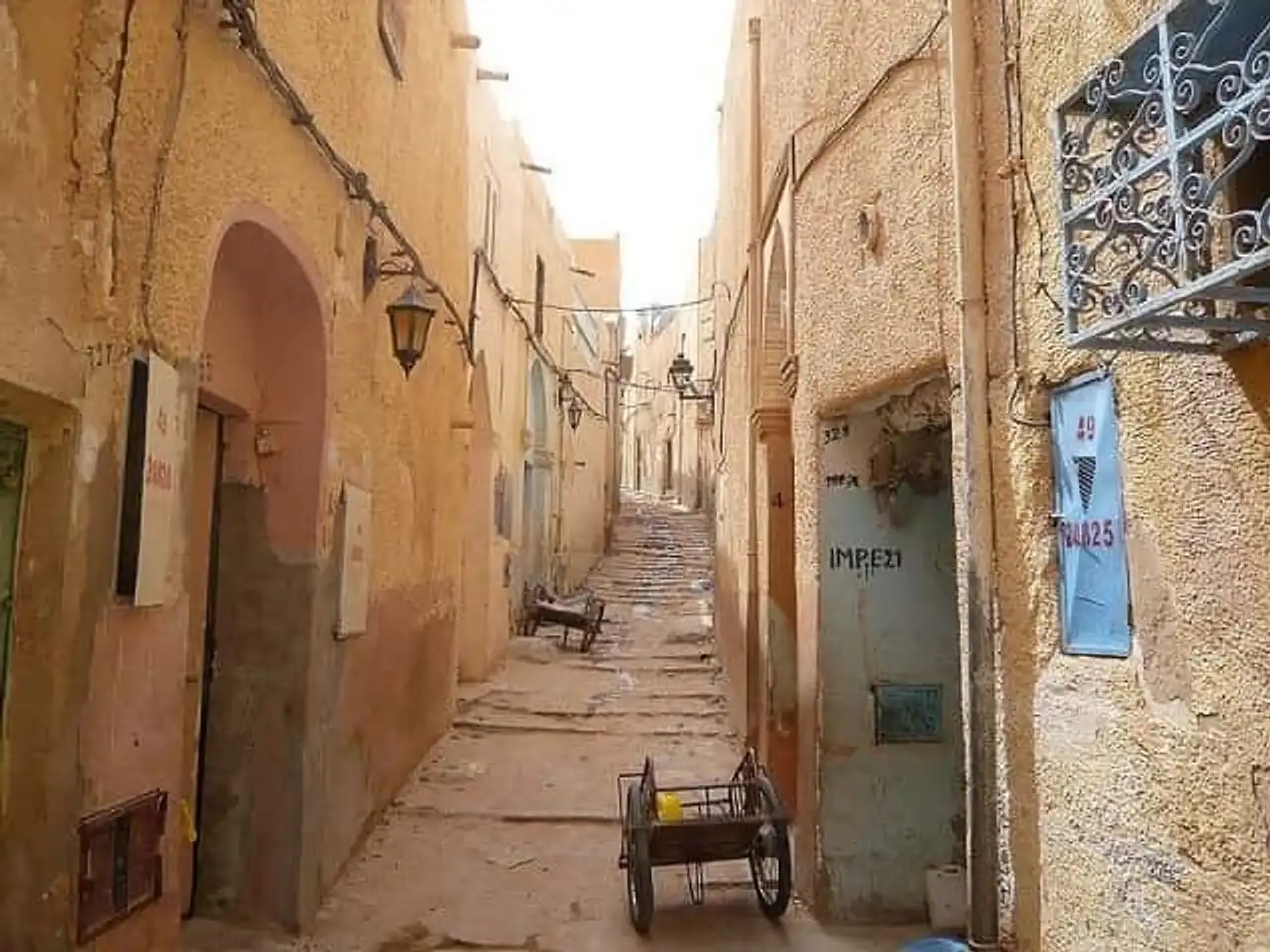
Photo credit: lionel.




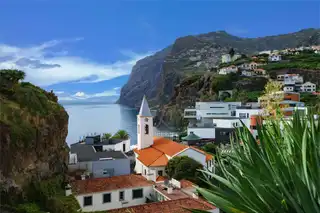
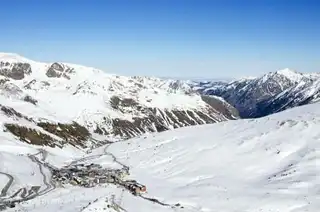
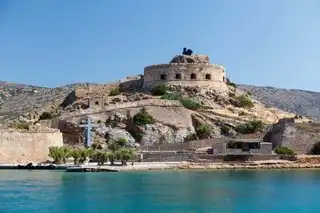
Loading comments ...